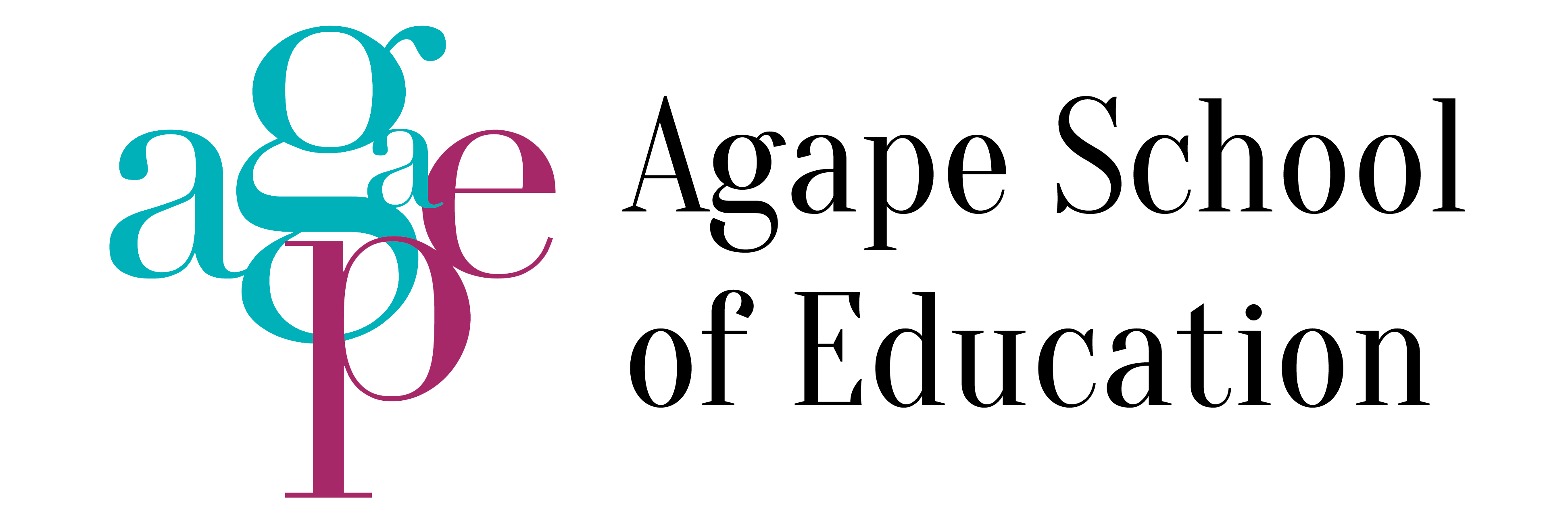The traditional Chinese character for horse features four legs and a tail – later chopped off during the simplification process. Image: ShaoLan/Chineasy
In Singapore, students are mandated by law to learn a second language, their ‘mother tongue’ language. But for most students, rather than being a cultural education, learning their ‘mother tongue’ language is a chore. Mandarin, one of the main ‘mother tongue’ languages, is now increasing in popularity, even among non-ethnically Chinese students. This is due to the increasing role China is playing in the global arena. As an upcoming superpower, Mandarin will be a useful tool for learners, both adult and students, to have.
However, with over 20,000 characters, 4 tones and multiple variations, Mandarin can be very daunting for the new learner. Aiming to make this foundational process easier is Chineasy. Mandarin is a pictorial language and the characters used today are said to have evolved from a literal representation of the object or thing they describe. Chineasy capitalises on this by using a pictorial means of teaching the language. It also uses storytelling to inspires the student to learn.
The founder of Chineasy, ShaoLan, utilises the 80/20 principle which breaks down just 20% of Chinese characters because he believes that is all that is required to meet 80% of basic communication needs. This approach avoids the typical cookie-cutter method often taught in schools, which forces students to memorize thousands and thousands of characters. This is often the reason students become turned off learning, leading to a lack of interest to learn the Mandarin language. Without this interest, students are rarely able to progress past a superficial grasp of the language to a deeper understanding of the basic ‘building blocks’.
Some of the other principles Chineasy focuses on are
Compared to grammar in the English language, which uses past participles, gerunds and infinitives, Mandarin grammar is easy. With the basic sentence structure of Subject + Verb + Object, students will be able to verbalise and participate in simple communication.
- There are no verb conjugations in Mandarin as the verb remains unchanged regardless of 1st person, 2nd person or 3rd person. It even remains the same for singular, plural, masculine and feminine forms.
- It’s easy to ask a question. By adding “吗/嗎 (ma)”, you can turn any sentence into a question.
- Mandarin does not have any articles (“a”, “an”, or “the”)!
Always at the cutting edge of language acquisition and learning, Agape School of Education seeks out new ways to improve our teaching styles. We understand that each student is different and requires a different approach. Therefore, we don’t subscribe to any one way of teaching. Instead, our teachers analyse each student and come up with a specific lesson plan that will benefit them the most. Our class sizes are also kept small to promote quality and quantity student-teacher interaction.
We also run preparatory classes for students who wish to sit for the international Mandarin examination, the Hanyu Shuijun Kaoshi (HSK) exams, levels 1-6. This specialised course familiarises students with all the test, teaches the most effective techniques to succeed at the HSK and provides access to practice papers for the HSK.
Casual learners can also find simple communication classes, or courses for travellers, or for business purposes. We have a variety of classes available for any and every type of student and our courses are modifiable for any purpose. Contact Agape School of Education today to find out how we can help you plan and structure a course that’s uniquely tailored to meet your language acquisition goals!




0 Comments